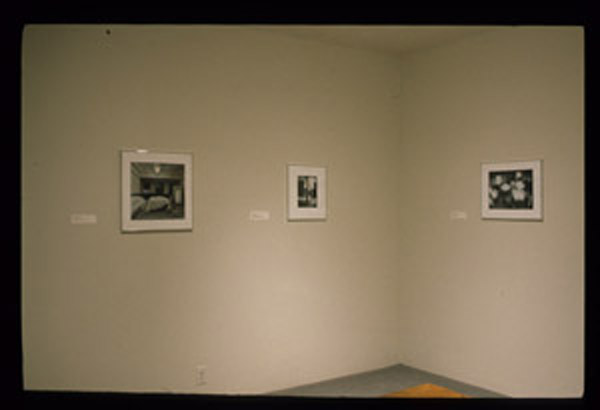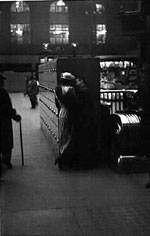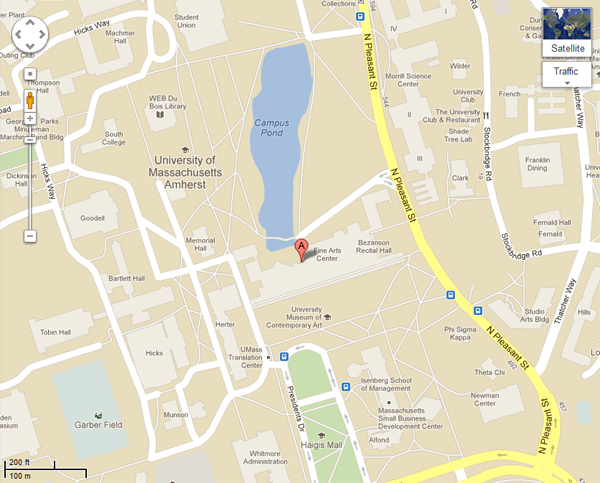Moodstruck
Photographs from the Permanent Collection
April 8 - May 19, 2000

Moodstruck: Photographs from the Permanent Collection presents work in which the images elicit atmospheres that range from romantic to mysterious to eerily perplexing. The exhibition features photographs acquired by the University over 20 years and includes representative works by Bill Arnold, Fredrich Cantor, Roy DeCarava, Louis Faurer, Joan M. Fitzsimmons, Jon Gintoff, Jacqueline Hayden, Paul Ickovic, Andre Kertesz, William G. Larson, Leon Levinstein, Helen Levitt, Wendy Snyder MacNeil, Ralph Eugene Meatyard, Sandy Skoglund, Jan Staller, Robert J. Steinberg, Jerry N. Uelsmann, Minor White, and Tom Zetterstrom.
Between the two general categories of mood selected for this presentation there are, of course, many shades of feeling by which the viewer might be impressed while looking at the respective pictures. An individual photograph, as well, might evoke a few impressions creating a rich conflation of associations. If one were not aware of the title of Bill Arnold's work Billowing Lights (Sam Wagstaff's Opening at the Corcoran), 1983 the image could be understood as the romantic blur of any festive occasion that many of us have attended over the years, or, for those with vivid imaginations, could have us enter into an unearthly event to which we have been given access. Similar subject matter envelops itself in perceptibly different cloaks by subtle means on the part of the artist and a perspectival shift on that of the viewer.

Louis Faurer, Penn Station, N.Y.C.,
1948 (printed 1990), gelatin
silver print, 14 x 11 inches
|
Related Media
|












